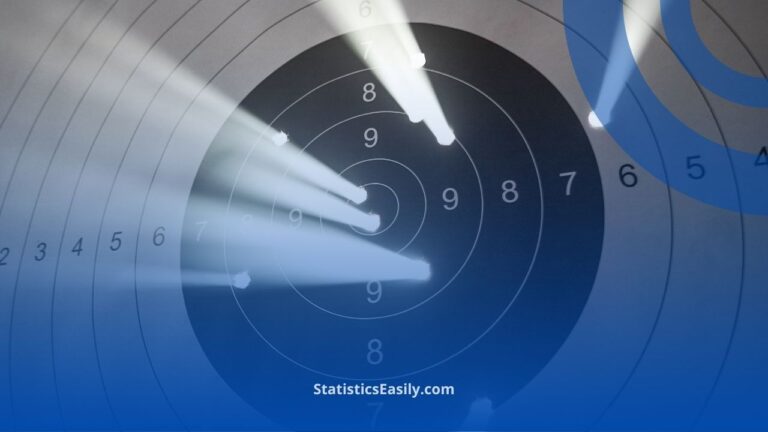Correlation Antonym: Understanding Independence in Statistical Analysis
In statistical analysis, correlation is fundamental to understanding the relationship between two variables. Correlation measures the degree to which two variables move about each other. When variables show a high correlation, their movements are closely linked. Conversely, the antonym of correlation — often referred to as independence — denotes a scenario where the movement of one variable has no predictable effect on the movement of another.
The Essence of Independence
Independence is a critical concept in statistics that contrasts with correlation. When two variables are independent, the knowledge of one provides no information about the other. This is crucial in various statistical models where assumptions about the independence of variables are necessary for accurate predictions and analysis.
Why Understanding the Antonym of Correlation Matters
Grasping the antonym of correlation, or independence is vital for statisticians and data analysts. It aids in the design of experiments, the selection of appropriate statistical tests, and the interpretation of data. For instance, in randomized controlled trials, the independence of treatment groups from confounding variables is essential for drawing valid conclusions.
Applications in Various Fields
The concept of independence, or the lack of correlation, is applied across numerous fields, such as finance, where portfolio diversification relies on the independence of asset returns to reduce risk. In genetics, researchers look for the independence of gene expressions to identify unique traits and patterns.
Ad Title
Ad description. Lorem ipsum dolor sit amet, consectetur adipiscing elit.
FAQs on Correlation Antonym
Q1: What is the antonym of correlation in statistics? The antonym of correlation in statistics is independence, which indicates no predictable relationship between two variables.
Q2: Why is understanding independence important in statistical analysis? Understanding independence is crucial for selecting the proper statistical methods, designing experiments, and making accurate predictions without bias.
Q3: How does independence differ from a negative correlation? Independence implies no relationship between variables, while negative correlation indicates an inverse relationship, where one variable increases as the other decreases.
Q4: Can two variables be independent and still have a correlation coefficient? If two variables are genuinely independent, their correlation coefficient should be close to zero, indicating no linear relationship.
Q5: How is the concept of independence applied in finance? In finance, independence is applied in portfolio diversification, where the goal is to invest in assets whose returns do not move in tandem, thus reducing overall investment risk.








